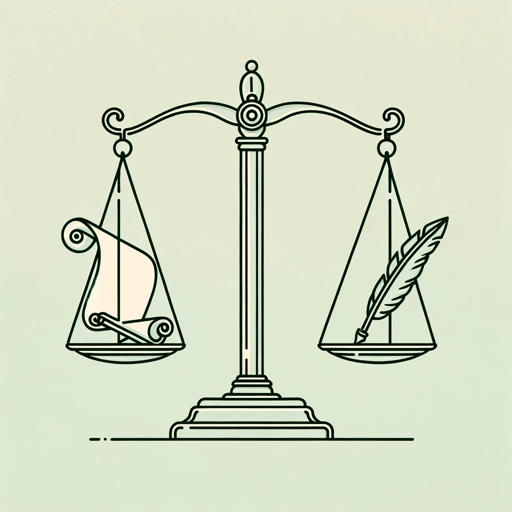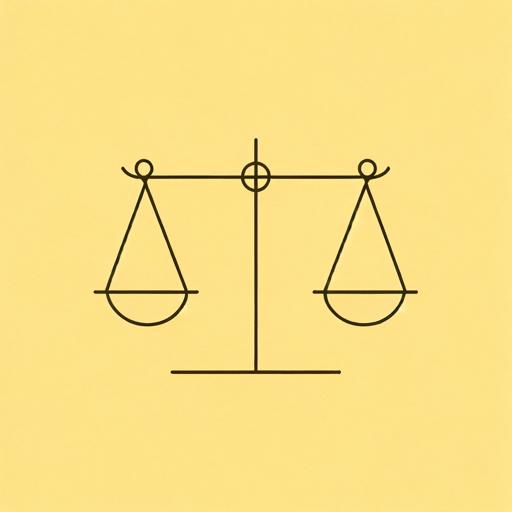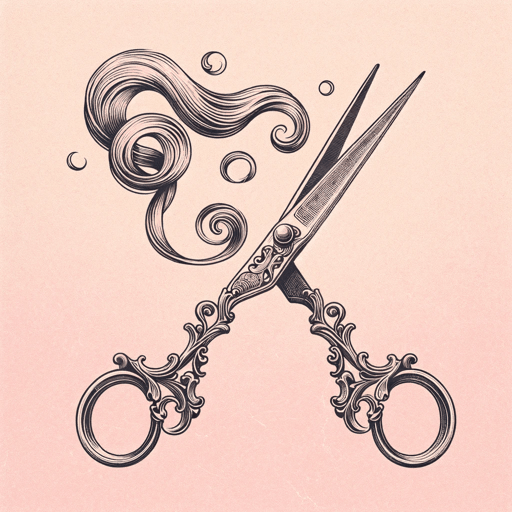33 pages • 1 hour read
Alexander PopeAn Essay on Criticism
Nonfiction | Poem | Adult | Published in 1711A modern alternative to SparkNotes and CliffsNotes, SuperSummary offers high-quality Study Guides with detailed chapter summaries and analysis of major themes, characters, and more.
Summary and Study Guide
Summary: “An Essay on Criticism: Written in the Year 1709”
Alexander Pope was a prominent English poet and satirist who was born in 1688 and died in 1744. He published An Essay on Criticism in 1711, though the subtitle suggests that he wrote it earlier, and it is the work that made him famous and launched his career. The poem is largely written in heroic couplets and iambic pentameter and is a critique of the state of literary criticism in the early 18th century. It offers a satire of the authors of Pope’s era and a thesis about the best way to judge and write literature. Pope focuses on how to develop and define good taste and judgment, the rules of good literature as he sees them handed down from the ancient (classical Greek and Roman) poets, and what makes a good modern critic in his eyes.
This guide is based on the Oxford World’s Classics edition of An Essay on Literature, published in 2006 as part of The Major Works and edited by Pat Rogers. The edition is based on the William Bowyer quarto editions of 1744, which were edited with Pope’s help.
The argument of An Essay on Criticism is broken into three parts. The first focuses on what Pope sees as the over-abundance of literary critics in the early 18th century. Pope argues that it takes as much skill to be a critic as it does to be a writer but that people often venture beyond their natural talents; further, while many people do have the capacity for good taste, some have been “spoiled by false education” (Line 17). For both writers and critics, Pope argues, aesthetic judgment should stem first and foremost from “nature.” According to Pope, the literary conventions that classical writers followed were not arbitrary but rather logically derived from the inherent order of things. However, writers must also rely on a natural sense of creativity. This may necessitate breaking certain artistic rules, but artistic rule-breaking must serve a broader function within the piece; otherwise, criticism of the work is justified. In this section, Pope also argues for a relationship between critic and poet that is complementary rather than one-sided or self-interested; the good critic’s praise will inspire more good poetry and vice versa.
In the second part, Pope goes into detail about what he sees as the barriers to good judgment. These include pride and a failure to recognize one’s own limitations, the above-mentioned false (particularly shallow) education, too much focus on the parts of a work of literature with not enough attention to the whole, excessive loyalty to one particular school of thought or kind of literature, and critics who are envious or unnecessarily severe. In his discussion of the inappropriate focus on the part over the whole, Pope singles out overly ornamental language and unnecessary reliance on extended metaphor or conceit. Likewise, he cautions against expecting strict adherence to acoustic elements like meter and rhyme. He puts forward the idea that poetic expression works best when the author balances techniques to achieve their aim. This section also discusses the tendency to single out one writer or group of writers for praise or criticism—e.g., only those from a particular country or era. For example, Pope suggests that a knowledge of classical literature is necessary to produce good modern literature, but he cautions against taking one side over the other simply out of loyalty or current fads. Pope also urges critics not to delay praising good work and so deprive writers of their already too-fleeting fame. This, he suggests, is a particular tendency among writers who have already achieved renown; they may disparage works that are, if not equal to their own, at least commendable.
The third segment of Pope’s begins by stressing that critics must not merely understand their subject but must also know how and when to praise or criticize. He then gives a literary and critical history from ancient times to the 18th century, including examples of philosophers and poets whom Pope believes should be honored and copied. In particular, he focuses on the ancients Aristotle, Horace, Dionysius, Petronius, Quintilian, and Longinus, arguing that aesthetic standards declined after the fall of the Roman Empire. Erasmus, Pope argues, partially revived classical learning, but France has heeded the knowledge of the ancients more carefully than England. Pope concludes with a personal message of thanks to William Walsh, who supported Pope’s earlier career and whom Pope refers to as “the Muse’s judge and friend” (Line 729).
Related Titles
By Alexander Pope





